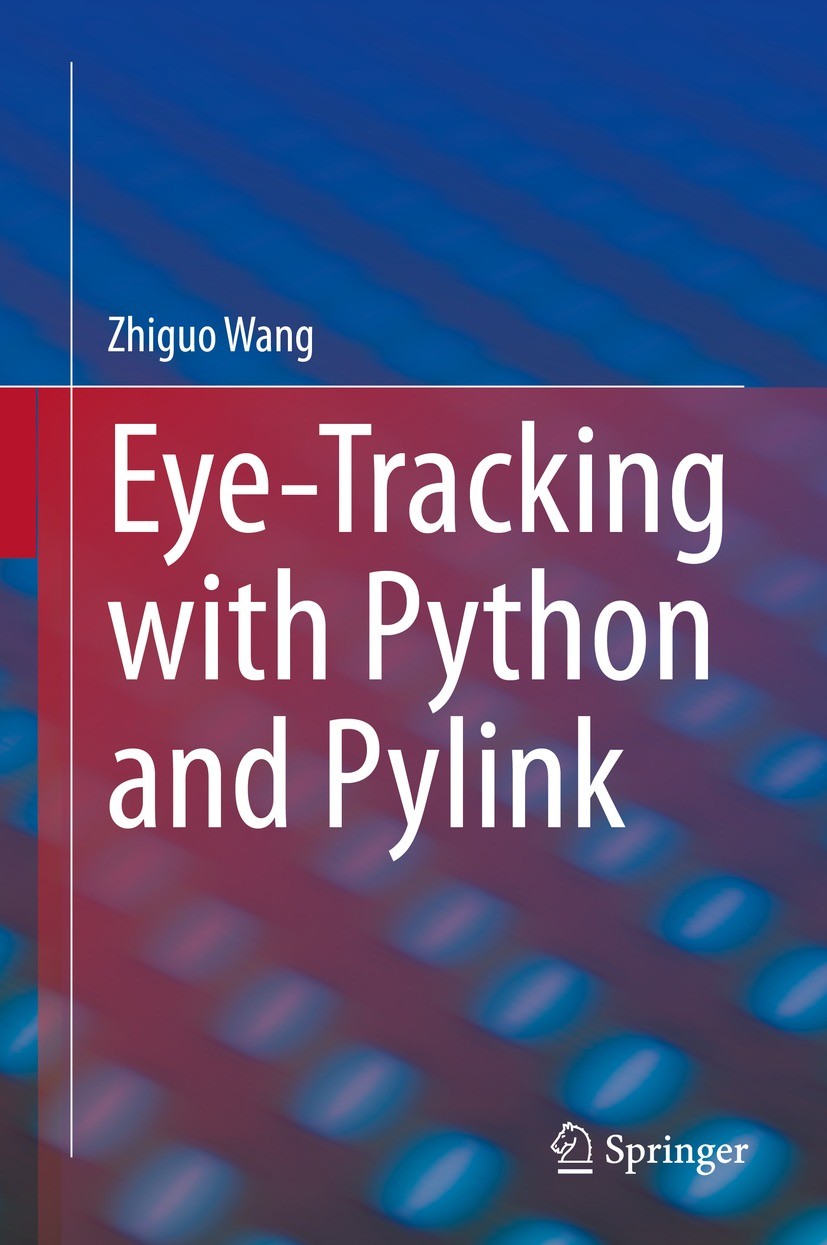| 书目名称 | Eye-Tracking with Python and Pylink |
| 编辑 | Zhiguo Wang |
| 视频video | http://file.papertrans.cn/321/320146/320146.mp4 |
| 概述 | Detailed coverage of the Python interface for the gold standard EyeLink eye-trackers.Many step-by-step example scripts help the reader to learn quickly.A chapter on eye movement data processing and vi |
| 图书封面 |  |
| 描述 | .Several Python programming books feature tools designed for experimental psychologists. What sets this book apart is its focus on eye-tracking..Eye-tracking is a widely used research technique in psychology and neuroscience labs. Research grade eye-trackers are typically faster, more accurate, and of course, more expensive than the ones seen in consumer goods or usability labs. Not surprisingly, a successful eye-tracking study usually requires sophisticated computer programming. Easy syntax and flexibility make Python a perfect choice for this task, especially for psychology researchers with little or no computer programming experience..This book offers detailed coverage of the Pylink library, a Python interface for the gold standard EyeLink ® eye-trackers, with many step-by-step example scripts. This book is a useful reference for eye-tracking researchers, but you can also use it as a textbook for graduate-level programming courses. |
| 出版日期 | Textbook 2021 |
| 关键词 | Eye Tracking; Vision Science; Python; PyLink; PsychoPy; Experimental Psychology; Computational Methods |
| 版次 | 1 |
| doi | https://doi.org/10.1007/978-3-030-82635-2 |
| isbn_softcover | 978-3-030-82637-6 |
| isbn_ebook | 978-3-030-82635-2 |
| copyright | The Editor(s) (if applicable) and The Author(s), under exclusive license to Springer Nature Switzerl |
 |Archiver|手机版|小黑屋|
派博传思国际
( 京公网安备110108008328)
GMT+8, 2025-11-14 19:24
|Archiver|手机版|小黑屋|
派博传思国际
( 京公网安备110108008328)
GMT+8, 2025-11-14 19:24


